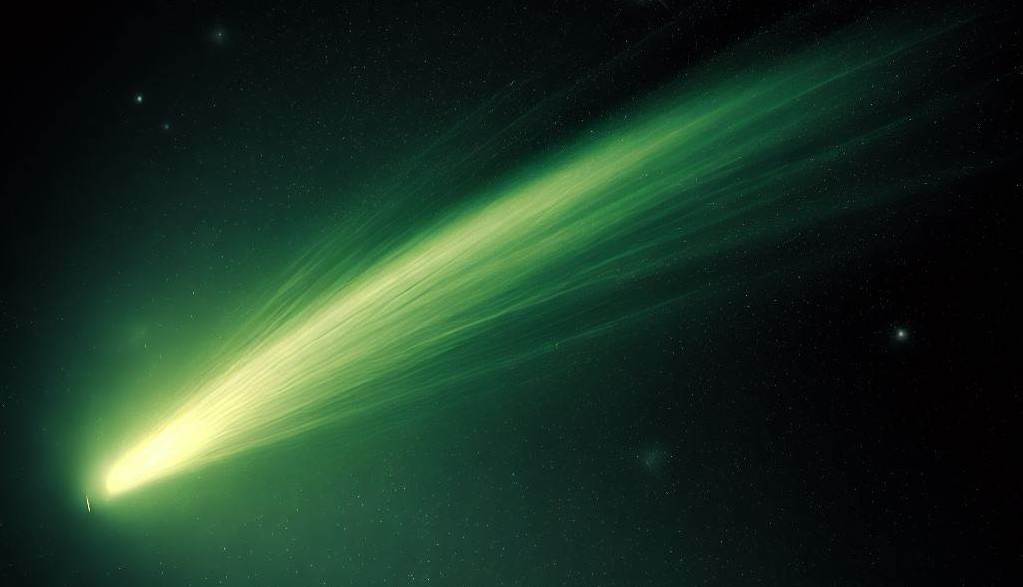An exceptional comet returns to Earth
People are already observing her and taking pictures
The comet named Nishimura, which was discovered only a month ago, is already visible with the naked eye over the Czech Republic, offering people a unique chance to observe this rare visitor that visits the blue planet only once every 437 years.
Don’t miss: Your iPhone can be eavesdropping, experts warn. Quickly update to iOS 16.6.1
A green comet appeared in the sky
The rock and ice planet, whose exact size is not yet known, is named after Japanese amateur astronomer Hideo Nishimura, who first spotted it on August 12. Specifically, he found the comet in images he took with a 200 mm f/3 telephoto lens mounted on a Canon EOS 6D camera.
“It is exceptional that comets reach their moment of greatest brightness so soon after their discovery,” says Nicolas Biver, an astrophysicist at the Paris Observatory. “Most comets are discovered months or even years before they approach the Sun,” he adds.
Comets are composed of frozen gases, dust and rocks. These bodies, sometimes referred to as cosmic snowballs, are showered with increasing amounts of radiation and release gas and debris as they approach our star. This process creates a glowing atmosphere around them, known as a coma – which is green in the case of C/2023 P1. Nishimura orbits the Sun once every 437 years, a long period during which it spends most of its time in the frigid environment of the Solar System.
The exceptional Nishimura is already shining in the sky
On September 12, the comet is scheduled to approach Earth at a distance of only 78 million kilometers. About a week later, on September 17, it will pass closest to the Sun and appear brightest in the night sky in the constellation Virgo. At that time, it will be only 33 million kilometers from the Sun, which is less than a quarter of the distance between Earth and the Sun.
For stargazers, Nishimura is the easiest to observe, especially in the northern hemisphere. “It’s best to look at the sky without light smog just before sunrise, you’ll find it in the northeast direction to the left of Venus,” advises Biver.
The cosmic spectacle can be easily enjoyed by people with professional equipment, but an ordinary telescope that costs only a few thousand crowns is enough to observe the comet. If the conditions in your area allow it, you can observe the comet with the naked eye, but you will most likely only see it as a small dot in the sky.
Preview photo source: Bing Image Creator (generated by AI), source: Science Alert
2023-09-10 12:37:46
#Czechs #guard #green #comet #appeared #sky #years #naked #eye


